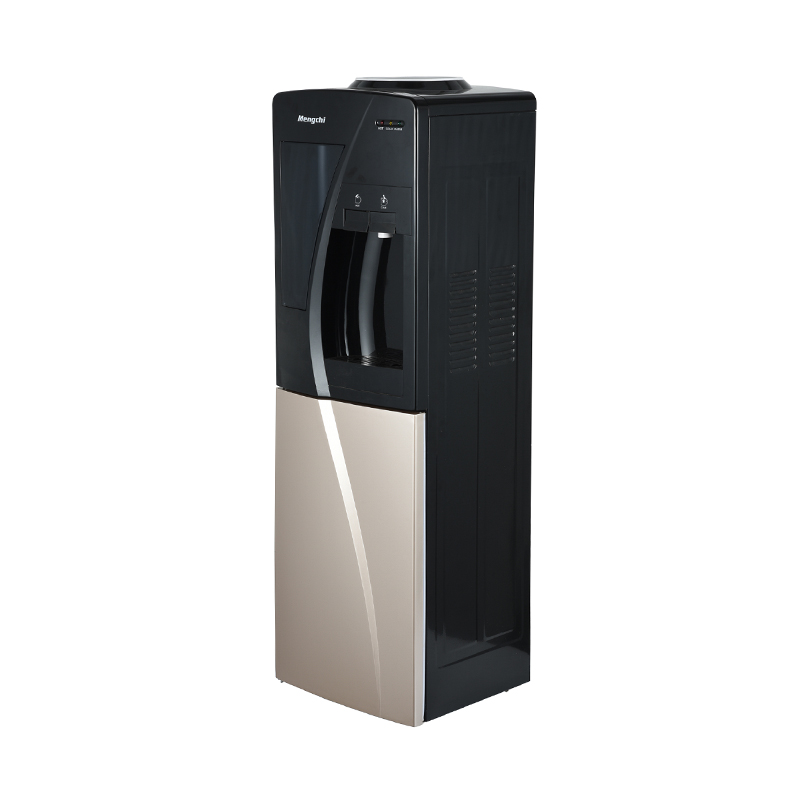The molecular sieve technology of the oxygen concentrator is one of the key working principles of the equipment. It achieves effective separation of oxygen and other gases through the selective adsorption and desorption process of the molecular sieve.
Molecular sieve material: Molecular sieve is a porous adsorbent, usually made of aluminosilicate, silicate titanate and other materials arranged in a lattice structure. These materials have regular microporous structures, and their pore sizes are usually on the nanometer scale. The selective adsorption properties of molecular sieves are determined by their pore size and chemical properties.
Adsorption process: The air mixed gas is first introduced into the oxygen concentrator system, and after pretreatment, enters the molecular sieve unit. During the adsorption stage, the microporous structure of the molecular sieve allows oxygen molecules to pass through and be adsorbed, while other gas molecules are excluded. This is because the size of oxygen molecules fits the pore size of the molecular sieve, allowing it to be captured effectively.
Desorption process: Once the molecular sieve has adsorbed enough oxygen, the system switches to the desorption phase. At this time, by adjusting the pressure or temperature, the molecular sieve releases the adsorbed oxygen. This process enables the release of oxygen from the molecular sieve, making it available for subsequent oxygen delivery.
Alternate operation of two tanks: In order to ensure a continuous supply of oxygen, oxygen concentrators usually use two molecular sieve tanks for alternate operation. One tank is used to adsorb oxygen, while the other tank desorbs it in the meantime. This alternating operation ensures that the device can continue to provide concentrated oxygen without interruption to meet the needs of the patient.
Precise control: The advanced oxygen concentrator is equipped with a precise control system, capable of monitoring the status of the molecular sieve and adjusting operating parameters to ensure efficient oxygen separation and concentration. These systems often include sensors and feedback loops that allow the device to adjust in real time based on the patient's oxygen needs.











